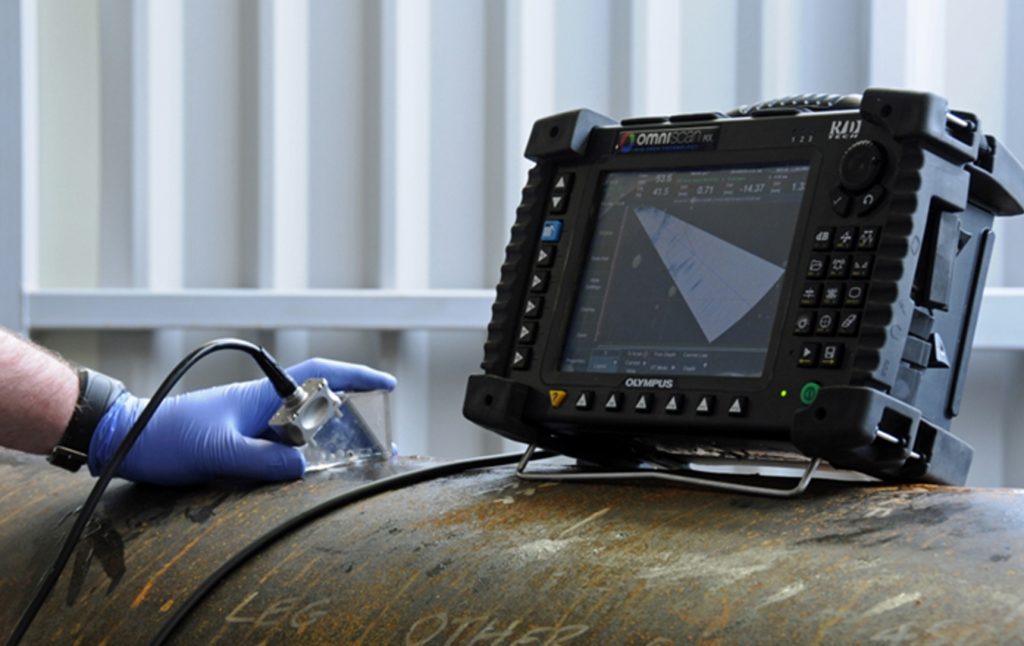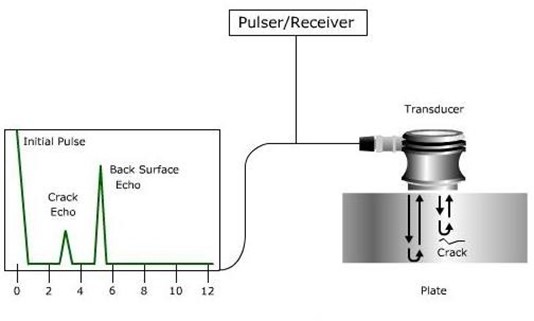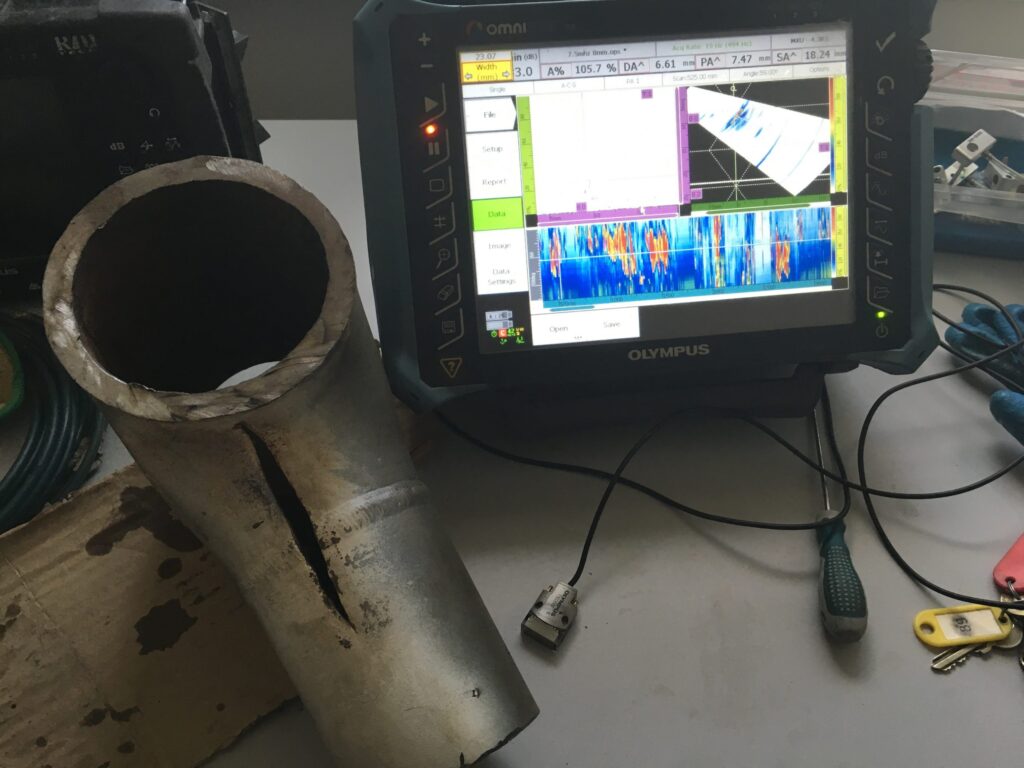The Future of Non-Destructive Testing (NDT): What Every Professional & Company Needs to Know in 2025

In today’s fast-moving industrial landscape, the role of non-destructive testing (NDT) has never been more critical. From pipelines and welds to aerospace composites and additive-manufactured parts, inspection professionals and companies are under pressure to deliver faster, safer and more reliable results.
According to recent market research, the global NDT services market is growing at a compound annual growth rate of over 9 % and is set to rise significantly through 2030.
In this article, we explore the major trends, the technology shifts, and the opportunities that NDT professionals and inspection businesses should prepare for.
1. Key Drivers for Growth in NDT
Infrastructure & Asset Integrity: Aging infrastructure in oil & gas, power generation, transportation and renewable energy plants is driving demand for high-quality inspection services. The Business Research Company+1
Regulation & Safety Compliance: Stricter regulations and higher penalties for failure mean inspection and testing organisations must adopt reliable, certified NDT methods. Mordor Intelligence
Technology Modernisation: Digitalisation, automation and data analytics are moving from lab to field—making inspections faster, more accurate and more actionable. Reportsnreports –+1
Global Expansion: Emerging markets in Asia-Pacific, the Middle East and Africa are investing heavily in industrial growth, which means new opportunities for NDT service providers and equipment manufacturers. Knowledge Sourcing+1
2. Trend Spotlight: What’s Changing in 2025
2.1 Artificial Intelligence (AI) & Machine Learning (ML)
AI/ML are being embedded into NDT workflows—from defect recognition in radiography and ultrasonics to predictive analytics for asset health. This shift is enabling faster decision-making and reducing reliance purely on human interpretation. Frost & Sullivan+1
2.2 Digital Twins & Data Ecosystems
Inspection data no longer lives in report archives—it’s integrated into digital twin models, enabling real-time monitoring, trend tracking and predictive maintenance. The combination of sensor data, NDT results and analytics is becoming a powerful tool. Frost & Sullivan+1
2.3 Automation, Drones & Robotics
Remote inspection tools, crawlers, drones and robotic scanners are increasingly deployed — especially in hazardous or inaccessible areas. This creates efficiency gains and improved safety for inspection teams. Wikipedia+1
2.4 Focus on Equipment & Technology Upgrades
The NDT equipment market is also evolving. For example, advanced phased array ultrasonics (PAUT), computed tomography (CT) for components, flexible radiography detectors and automated inspection cells. Inspenet+1
3. What This Means for NDT Professionals
Stay Certified & Competitive: Certification remains vital — for inspectors, Level I/II/III roles and continual competency is key.
Upskill for Digital Inspection: Learning to work with digital NDT tools, AI algorithms and data-driven inspection workflows will set you apart.
Network & Share Knowledge: Engage with industry forums, virtual exhibitions and specialist groups to keep ahead of methods and opportunities.
Be Versatile: Traditional methods like UT, RT, MT and PT remain important — but specialists in areas such as PAUT, TOFD, thermography and AI-enabled inspection are in high demand.
4. What This Means for Inspection Companies & Equipment Suppliers
Showcase Value Beyond Testing: It’s not just about finding defects—it’s about delivering actionable insights, extending asset life and supporting clients’ operational goals.
Invest in Technology & Data Infrastructure: Implement digital inspection systems, track data quality and offer post-inspection analytics.
Differentiate with Services: Virtual exhibitions, product reviews, equipment listings and thought-leadership content are good ways to build presence and credibility.
Tap Growth Markets: Emerging sectors and geographies offer new business opportunities—target growth in sectors such as renewables, hydrogen, aerospace and high-spec manufacturing.
5. How to Get Started Today
Audit Your Current Methods: Review which inspection techniques you use, where gaps exist and how you collect data.
Plan Your Tech Roadmap: Decide what automation, digitalisation or analytics tools can be integrated in the next 12–24 months.
Train and Upskill Staff: Ensure technicians and inspectors are comfortable with digital inspection workflows and new equipment.
Engage the Network: Join relevant NDT groups, publish case-studies, attend virtual exhibitions and use platforms like NDTInspect to promote your expertise.
Benchmark Metrics: Define KPIs like inspection-to-report turnaround, defect detection rate, repeat inspections, cost avoidance and asset-life extension.
Conclusion
With the NDT market growing rapidly and inspection demands becoming ever more complex, 2025 is the year to embrace innovation. Professionals and companies who merge reliable method-based inspection with data-driven insights, automation and global reach will be best positioned for success.
At NDTInspect.com, we’re committed to helping inspection service providers, manufacturers and individual professionals connect, showcase and grow in this dynamic ecosystem.
Explore our job board, resume directory, forum and virtual exhibition offerings — and let’s progress the inspection industry together.





Responses